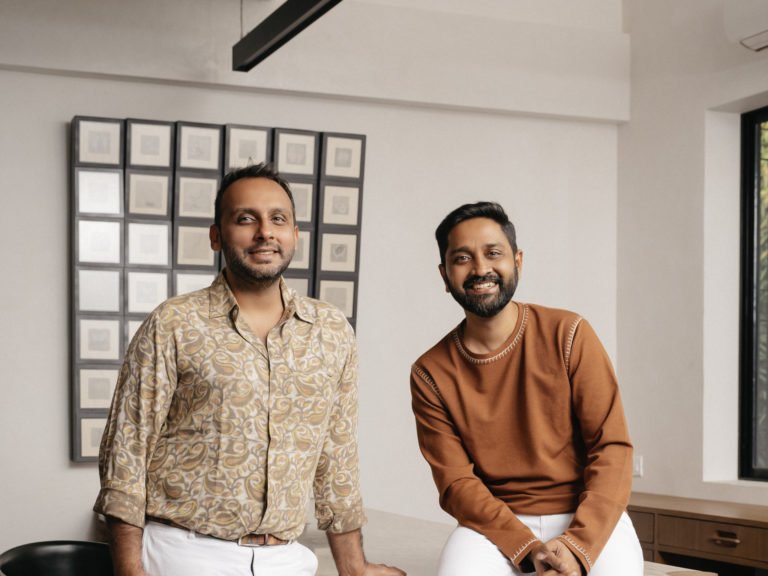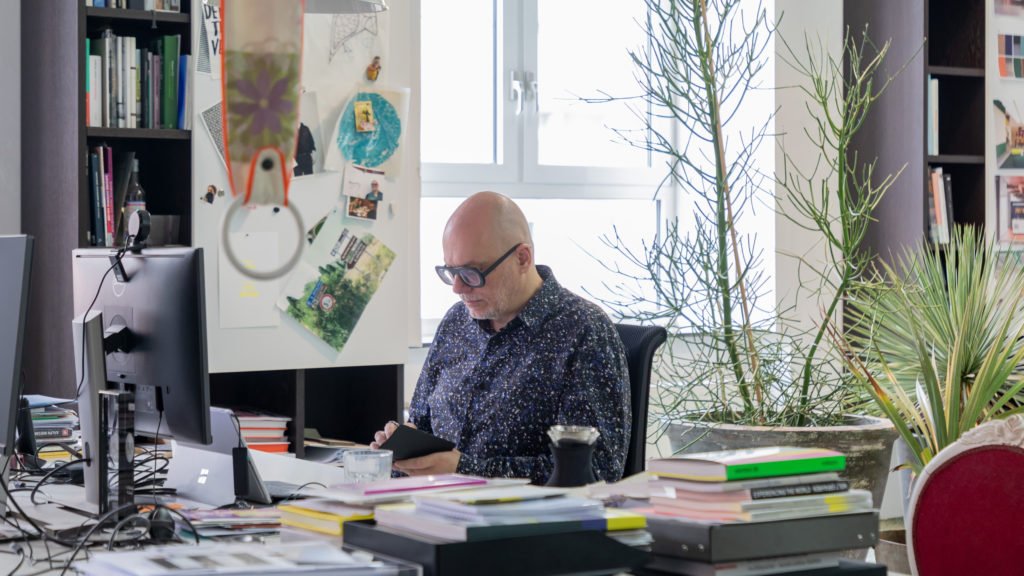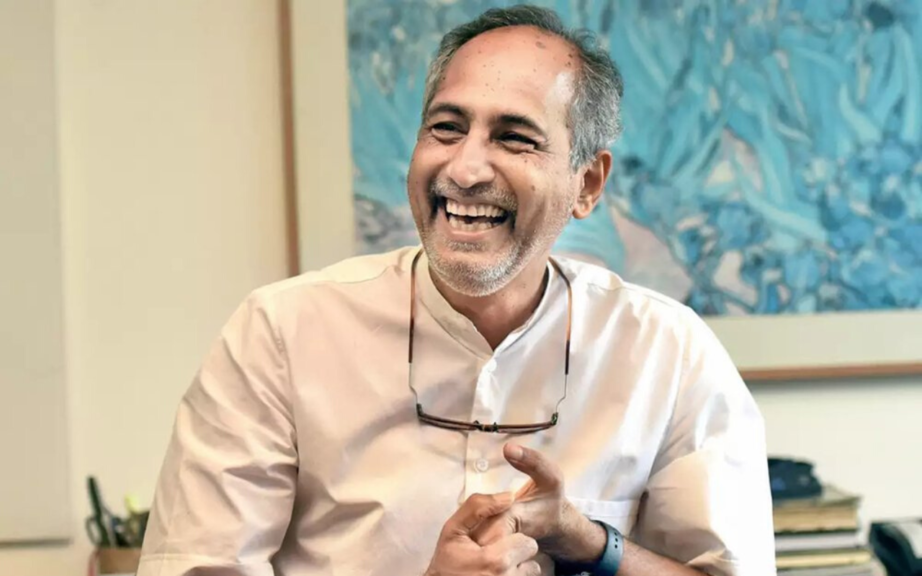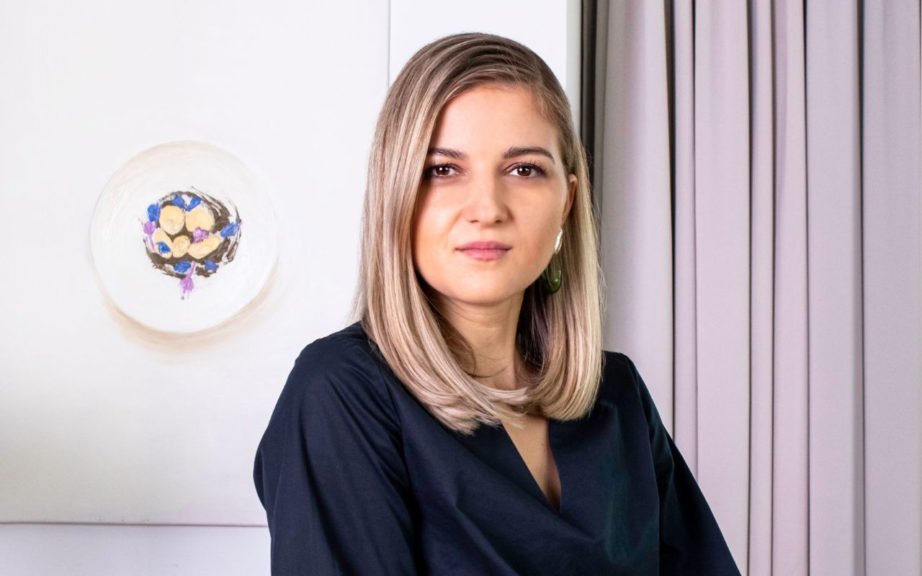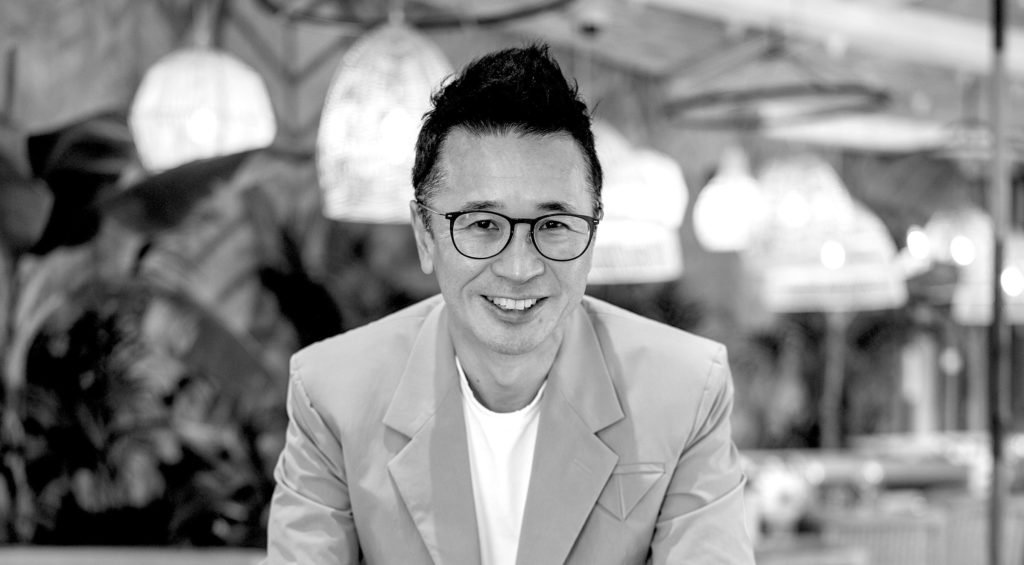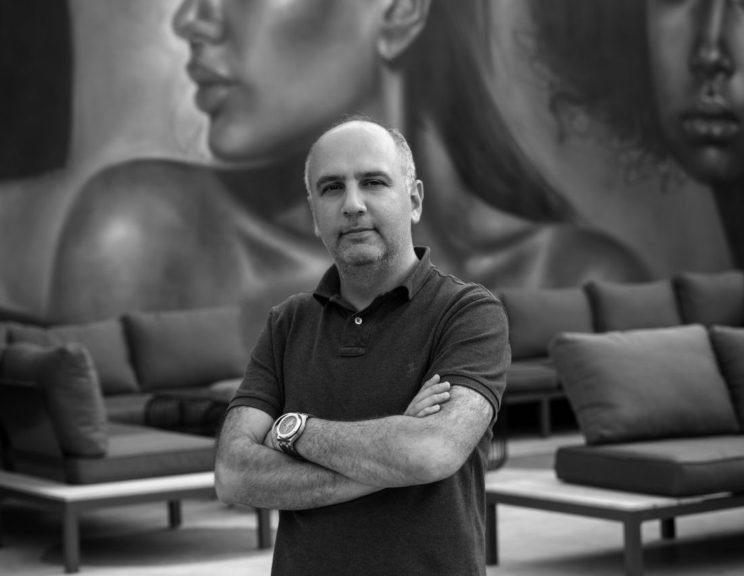As the son of a builder, Nasser Abulhasan was no stranger to construction sites. He even witnessed his father building their family home, so the world of design was certainly well entrenched in his upbringing. Fast forward to present day, he is the design principle and co-founder of AGi Architects, with offices in Madrid and Kuwait. We met with him at a discussion panel in Dubai and this is what we learned…
It’s hard to not marvel at the unique projects in AGi Architects’ portfolio. Their Rock House and Wind Tower are like beautiful, almost sculptural, installations. This international design firm was founded by Joaquín Pérez-Goicoechea and Nasser Abulhasan. Both Harvard grads and friends for years, they started the firm with a mission to build environments that create a lasting value for clients through distinctive and imaginative solutions.
“I knew that I could only succeed if surrounded by a good team, and I was lucky enough to meet Joaquin. We have always had a great rapport as designers, and this has helped us immensely in getting projects.” The firm has since grown from a three person team to more than 50 at present with offices in Kuwait and Madrid.
Nasser is a firm believer of a human centric approach to design. He uses design to bring people together and enhance their experience. So aesthetically, their projects are stunning, but it is the stories behind these spaces that intrigues.
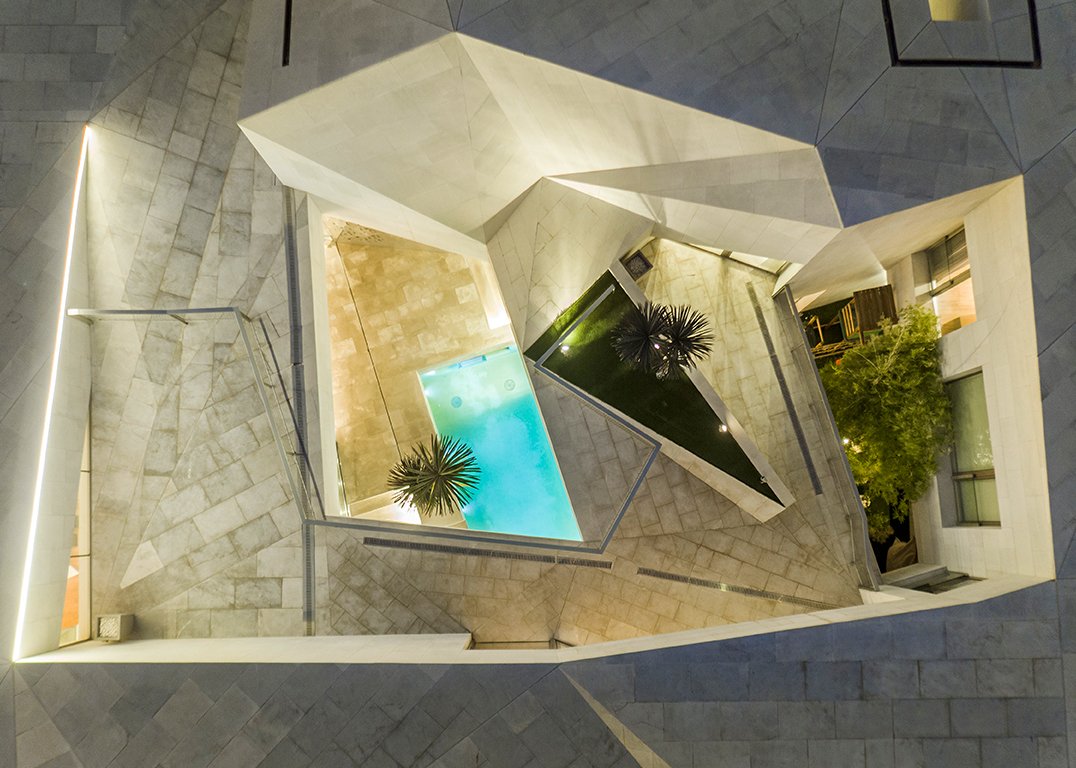
His journey so far…
“My father is a builder, so I learnt early on about being on a construction site, and that had a big effect on me and helped develop a passion for this industry. Joaquín and I were colleagues in a Masters Program in the States. After graduating, we continued to work remotely as freelancers, and once we had enough assignments under our belt, we established our first office in 2005. By 2006, we had branched out to Madrid as well.
On choosing the A+D sector
“I originally started out with a passion for building. During my architecture education, I learned that we were actually talking about spaces. You began to understand the world of architecture as a user instead of looking at it from an educational standpoint or a system to build. So I started asking how we can bring people together in these spaces and have them interact more? That is what motivates me even today.
His design process and inspiration
Realistically, the biggest inspirer of design is the people. The way they interact, behave, socialise, etc, is an important driver, because in the end, you are designing for the people. Obviously nature, climate and the surrounding life are also some of the things that inspire architects, but deep down, it’s always the people who are at the center of the design. Our philosophy is, the minute we get a brief, which is usually generic, we keep users as a reference point for the design. At times, there is no concrete end user, in which case we create an imaginary one and start to prescribe a script, develop a journey, and ultimately a project.
When you combine user interactivity and cultural understanding, you get to the first process of understanding the overall design of a project. It’s more of a universal problem solving mechanism, but your answer will always mimic the environment you are in, because it has to respond to the elements, such as it’s surrounding, it’s people, it’s culture, it’s social setting. That is how we look at design holistically.
A lot of people think that design is universal and I believe it is not. Design has aspects that could be considered universal but holistically, it is very site specific, very environment specific, very culture specific. So the response can never be the same. Unfortunately, with the way our practices (industry) are going, we are trying to standardise our response. The minute you do that, you move away from being the world of design to a world of mass production, and there is a very thin line that divides these.
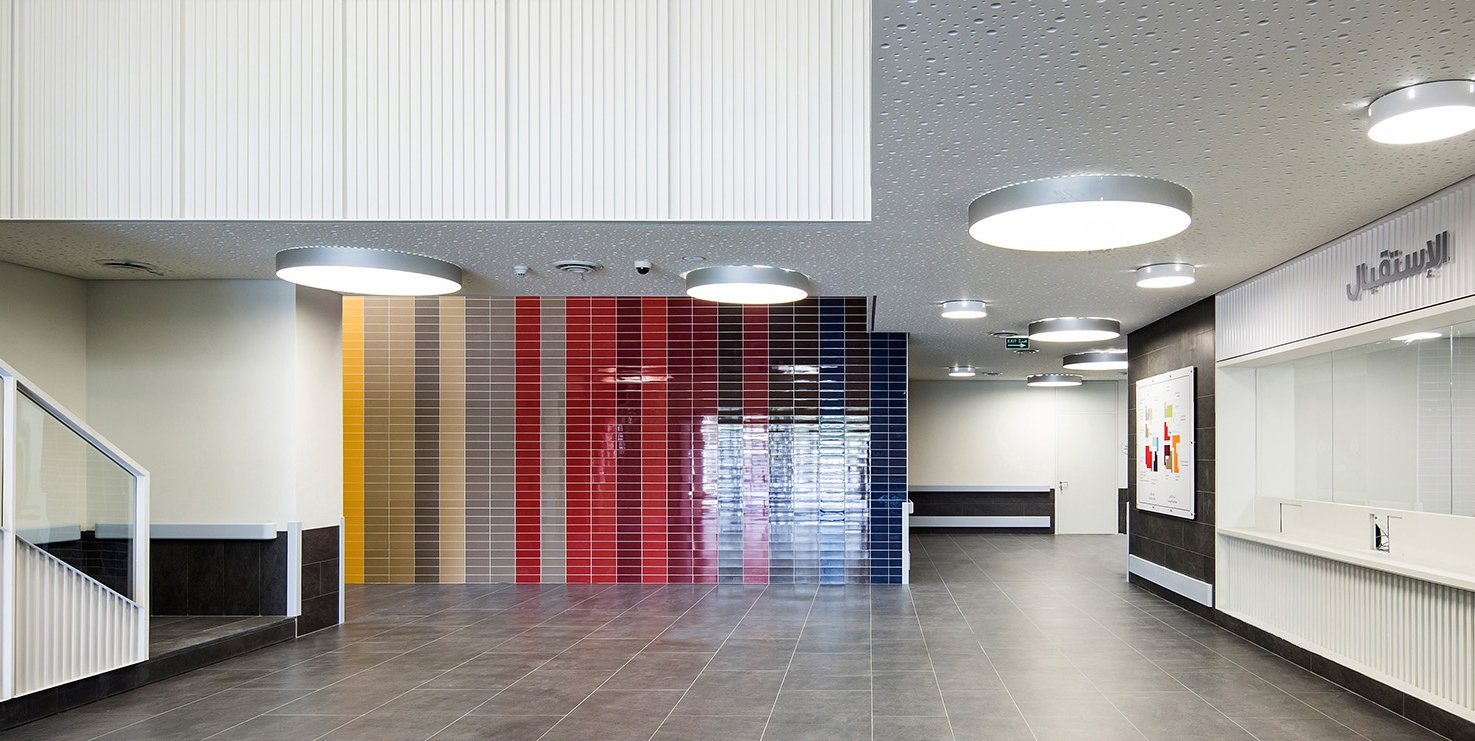
Favourite design sector
What excites me the most is the public realm and what happens in between spaces. The challenge is in understanding how people begin to use the public realm, because the interface between the projects is what makes the project more successful.
On running AGi Architects
From day one, we very well knew, this was not a practice made out of 2 people. This is a practice that is automatically generated by a group of talented people. We knew we had to look for talent, harness it, and bring it into the pool. They (our employees) are a critical part of the team, because without them, we would not be able to design and materialise anything. So, we have been lucky, since we have a very strong core. This team is the driver of everything we are doing.
Clients are also in a way partners, because they believe in you, they trust you and they challenge you, and you have to reciprocate in a similar way. You shouldn’t always obey everything the client says. You have to listen to them and learn from them, but you are also there to challenge them. They are not hiring you because they have the solution. They are hiring you to help them come to a common solution. That is something that is inherent in all our works. To challenge the client in a very systematic way, you have to go through a process wherein you educate each other, and that is how you end up with a lot more bespoke projects.
On the use of technology in design
We look at any form of technology that is available right now as a tool for us to realise the design, instead of having it as a driver for the design process, which is what a lot of people do. Mass customisations have often come about as a result of technology. We should be looking at technology as an enabler for us to realise our ideas and test them. So for me it’s not the design that is affected by technology but the production side of things.
Best advice he ever received
Keep working. Never take ‘no’ for an answer. Always try to be your own critic. You have to set certain goals in your work environment, in your daily, and family life as well. The minute you reach them you should not stop. Before reaching the first goal, you have to aspire to reach the next. So you have to keep pushing very hard.
Advice to new and aspiring designers
Never stop learning. Never stop listening to people, never stop reading, experiencing projects, sketching. These are tools that are important for any young designer. It takes a lot of rigour and time to design, and I think it is important for any designer to have the ability to listen, re-interpret, and re-do their work, and push it forward. There is no shortcut. You have to go through the pain of the whole process, and that’s when you realise and see the fruits of your labour.

